Creating a resilient and aesthetically pleasing garden in coastal areas requires selecting trees that withstand strong winds, salt spray, and sandy soils. Choosing the right trees for a windbreak is not just about functionality; it's also about adding subtle luxury and enhancing the natural beauty of your landscape. Here, we explore some of the best tree options that combine durability with elegance, ensuring your coastal garden remains protected and beautiful.
Banksia integrifolia (Coast Banksia)
The Banksia integrifolia, commonly known as Coast Banksia, is a hardy, salt-tolerant tree that thrives in coastal environments. Its ability to withstand harsh coastal conditions makes it a popular choice for gardeners looking to create a natural windbreak that attracts local wildlife, such as birds and insects.
Key Facts:
- Mature Height: Up to 15 meters
- Mature Width: 5 to 8 meters
- Best Uses: Feature tree, windbreak, and wildlife habitat
- Leaf Appearance: Long, narrow leaves with a glossy dark green upper surface and a silver underside
- Rate of Growth: Moderate
- Tolerates: Salt spray, wind, and poor soils
Why It's Perfect to Add to Your Garden
The Coast Banksia is functional and visually appealing, with its unique foliage and attractive flower spikes that bloom throughout the year. This tree provides year-round greenery, enhancing any garden's aesthetic appeal. Its moderate growth rate also makes it relatively low-maintenance, requiring minimal care once established. It is ideal for those who value efficiency and quality in their landscaping choices.
Melaleuca quinquenervia
Known for its sturdy growth and resilience in coastal conditions, Melaleuca quinquenervia is a versatile tree that adds structure and elegance to coastal gardens. Its paperbark trunk and dense foliage make it a perfect natural windbreak, while its white, fluffy flowers add a touch of subtle beauty.
Key Facts:
- Mature Height: Up to 20 meters
- Mature Width: 6 to 10 meters
- Best Uses: Screening tree, windbreak, and shade provider
- Leaf Appearance: Narrow, lance-shaped leaves with a light green color
- Rate of Growth: Fast
- Tolerates: Salt spray, wind, and saturated soils
Why It's Perfect to Add to Your Garden
Melaleuca quinquenervia is ideal for creating a dense, protective barrier against coastal winds while maintaining an attractive appearance. Its fast growth rate means it quickly establishes itself, providing immediate benefits as a windbreak. Furthermore, its ability to tolerate various soil conditions, including waterlogged areas, makes it a versatile addition to any garden.
Cupressus Leighton Green
The Cupressus Leighton Green is a fast-growing conifer known for its dense foliage and ability to withstand strong coastal winds. This tree is a top choice for creating a tall, effective windbreak with minimal fuss.
Key Facts:
- Mature Height: Up to 20 meters
- Mature Width: 4 to 6 meters
- Best Uses: Windbreak, privacy screen, and hedge
- Leaf Appearance: Fine, scale-like leaves that are a rich, dark green
- Rate of Growth: Fast
- Tolerates Wind, drought, and moderate salt exposure
Why It's Perfect to Add to Your Garden
With its fast growth and dense, upright form, the Cupressus Leighton Green provides an immediate and effective barrier against wind. This tree's robust nature ensures it remains a strong, reliable choice for high-end coastal gardens, offering privacy and protection without compromising style. Its dark green foliage provides a lush, continuous backdrop, perfect for creating a sense of enclosure and seclusion in your outdoor space.
Cupressus Better Green
A unique, canker-resistant variety, Cupressus Better Green offers excellent durability in coastal conditions, making it a valuable addition to any garden exposed to strong winds and salt spray.
Key Facts:
- Mature Height: Up to 18 meters
- Mature Width: 3 to 5 meters
- Best Uses: Windbreak, privacy screen, and feature tree
- Leaf Appearance: Dense, scale-like leaves with a bright green hue
- Rate of Growth: Moderate to fast
- Tolerates: Wind, drought, and high humidity
Why It's Perfect to Add to Your Garden
The Cupressus Better Green is specifically bred for resilience, offering a durable solution to those seeking a long-lasting windbreak in coastal areas. Its bright green foliage adds a refreshing splash of color, providing an attractive backdrop that enhances the overall appeal of your garden. This tree's disease resistance further reduces maintenance needs, ensuring it remains a reliable and beautiful part of your landscape for years.
Waterhousia floribunda
Known for its lush foliage and elegant form, Waterhousia floribunda, or the Weeping Lilly Pilly, is an excellent choice for those looking to combine effective wind protection with visual appeal. This tree provides dense screening, while its weeping branches add a graceful touch to any garden.
Key Facts:
- Mature Height: Up to 15 meters
- Mature Width: 5 to 8 meters
- Best Uses: Screening tree, windbreak, and ornamental feature
- Leaf Appearance: Glossy, dark green leaves with a slight weeping habit
- Rate of Growth: Fast
- Tolerates: Wind, heavy pruning, and moderate salt exposure
Why It's Perfect to Add to Your Garden
The Waterhouse floribunda is perfect for those who appreciate a tree that provides function and form. Its dense foliage creates an effective windbreak, while its graceful, weeping branches offer a soft, elegant aesthetic that enhances the beauty of high-end gardens. Additionally, its fast growth rate and tolerance for pruning make it easy to maintain, allowing you to shape it to suit your specific landscaping needs.
Laurus nobilis (Bay Tree)
The Laurus nobilis, commonly known as the Bay Tree, is a hardy evergreen that provides excellent wind protection due to its dense foliage and compact growth habit. This tree is not only functional but also adds a touch of subtle luxury to any garden setting.
Key Facts:
- Mature Height: Up to 12 meters
- Mature Width: 3 to 4 meters
- Best Uses: Windbreak, privacy screen, and culinary herb
- Leaf Appearance: Glossy, dark green leaves that are aromatic and elliptical
- Rate of Growth: Slow to moderate
- Tolerates: Wind, drought, and pruning
Why It's Perfect to Add to Your Garden
The Bay Tree is an excellent choice for those looking to create a windbreak with a dual purpose. Its dense foliage provides effective wind protection, while its aromatic leaves can be used in cooking, adding practical and aesthetic value to your garden. Its slow to moderate growth rate requires little maintenance, making it ideal for those who prefer a low-maintenance option that still delivers on style and functionality.
Conclusion
Choosing the right trees for windbreaks in coastal areas is about more than just protection from the elements; it's about enhancing your garden's aesthetic while adding value and luxury to your property. Each tree offers unique benefits, from the salt-tolerant Banksia integrifolia to the canker-resistant Cupressus Better Green. By selecting the right combination, you can create a resilient, beautiful, and functional landscape that meets coastal conditions while maintaining a refined, elegant appearance.
FAQs
Q: Which tree grows the fastest for a windbreak in coastal areas?
A: The Cupressus Leighton Green is known for its fast growth rate, making it an excellent choice for quickly establishing a windbreak.
Q: Are there any low-maintenance options for windbreak trees?
A: The Laurus nobilis (Bay Tree) is a low-maintenance tree that provides both wind protection and culinary uses, making it a versatile choice for coastal gardens.
Q: Can these trees tolerate poor soil conditions?
A: Trees like Banksia integrifolia and Melaleuca quinquenervia are particularly tolerant of poor soils, making them suitable for challenging coastal environments.












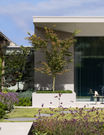

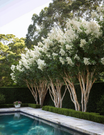





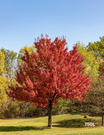


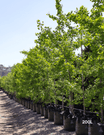



















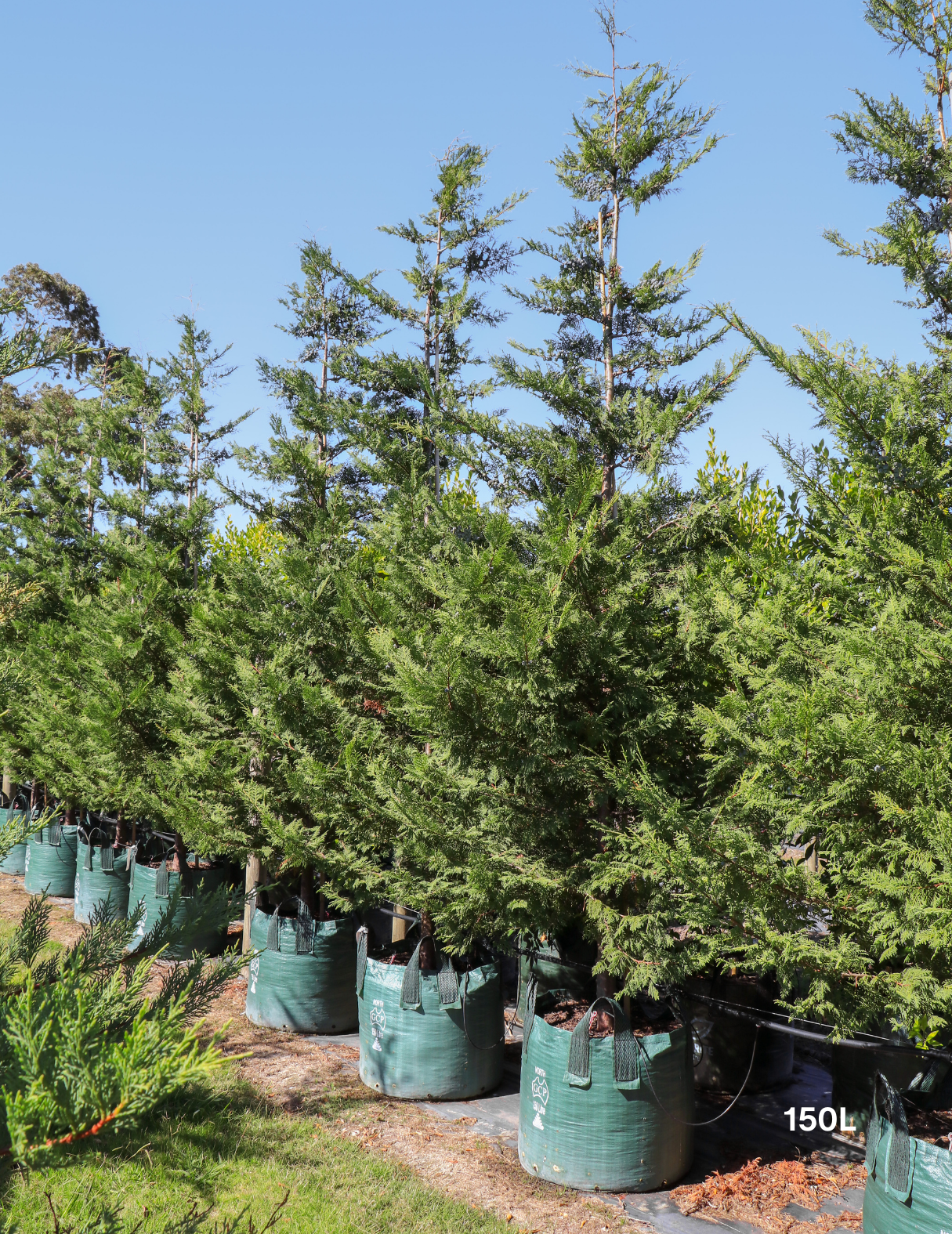

Leave a comment
This site is protected by hCaptcha and the hCaptcha Privacy Policy and Terms of Service apply.